Here’s 10 Car Accessories That You Must Stay Away From!
With so many car accessories to choose from, it gets difficult to understand which one’s are worth investing in and which one’s should one stay away from. We have already compiled a list of essential car accessories and you can find the link below. Well, to make things easier we have now compiled a list of car accessories that you must stay away from.

Top 10 Car Accessories To Avoid
1. Bull Bars
There are plenty of bull bar options to choose from in the aftermarket. We strongly recommend you avoid fitting a bull bar on your car as this car accessory is against the law in all states. Bull bars are known to affect car safety as it could prevent airbag sensors from detecting a crash and also affect pedestrian safety in the unfortunate event of a collision.
Bull bars could also prevent the crumple zones of the car from absorbing impact and thereby cause severe injuries to pedestrians or 2-wheeler occupants during a collision. Additionally, they could end up transferring more crash energy to the car's chassis during a crash, causing more damage. In May this year, the Delhi HC had asked authorities to take action against vehicles fitted with bull bars in the National Capital Region. We welcomed this latest order from the Delhi High Court.
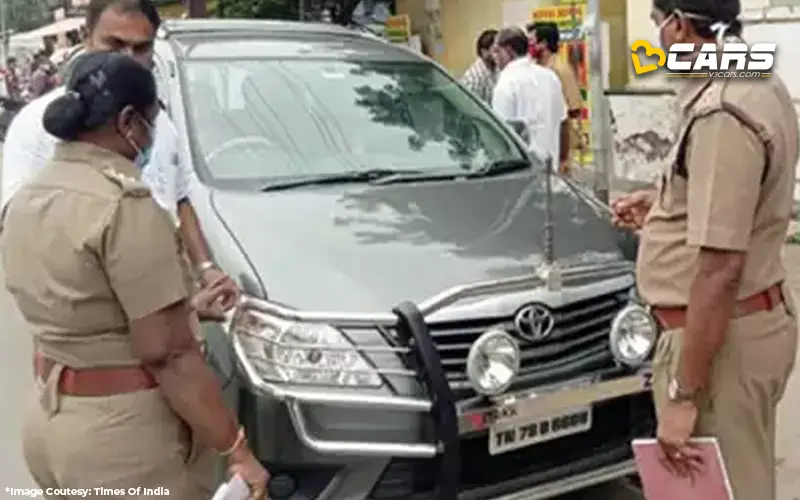
2. LED Lighting
Aftermarket LED lighting is turning out to be a nuisance for most road users as they end up blinding other road users by the harsh white lights. In certain circumstances, like when cruising along a single lane highway at night, one not only ends up getting blinded by the LED headlights of oncoming traffic but also by that of the vehicle trailing. The white lights emitted by LED headlights end up dazzling drivers while the yellowish throw of halogen lights are a lot easier on the human eye. We strongly recommend not fitting aftermarket LED lights or LED light bars that can affect the vision of other road users and create a road safety hazard.
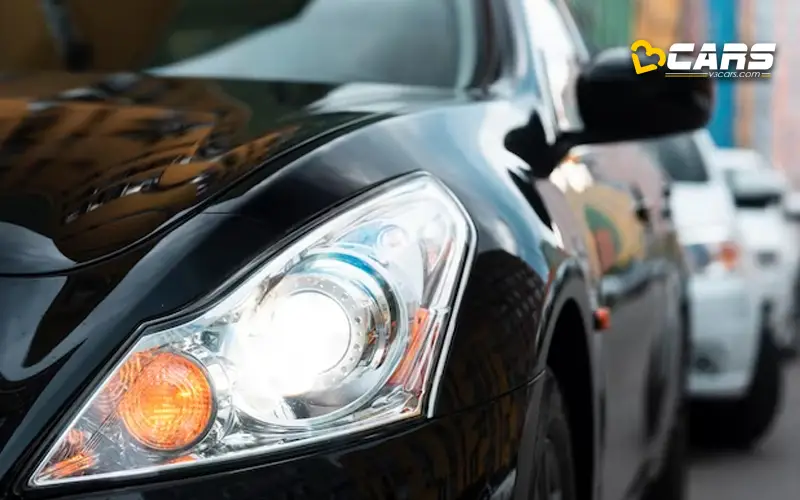
3. Leather/Leatherette Seat Covers
Genuine leather is very expensive. Only the most luxurious vehicles come equipped with the softest and comfortable leather seats. In the majority of cars, when the manufacturer's say that the vehicle gets leather seats, it is essentially leather inserts or artificial leather. The latter is also known as faux leather or synthetic leather or leatherette. It is made from a mix of plastic bits, like polyvinyl chloride (PVC), along with color layers, foam and fabric layers. This type of leather gets soaked in perfumes to give it a nice scent.
It is best to avoid leather/leatherette seat covers for a variety of reasons. During the summer months, if your car is parked out under the sun, the leather seats will heat up to uncomfortable levels. Similarly, during the winter months, they will get uncomfortably cold. Perforated leather is more breathable but very difficult to clean as the numerous tiny openings easily get clogged with dust, dirt and grime. Also, leather needs regular maintenance with special care products, or else it will harden and start cracking over time. Leather or leatherette seat covers are expensive, aren't as comfortable as fabric seats, and don't have much grip on offer so you end up sliding around in the seats.
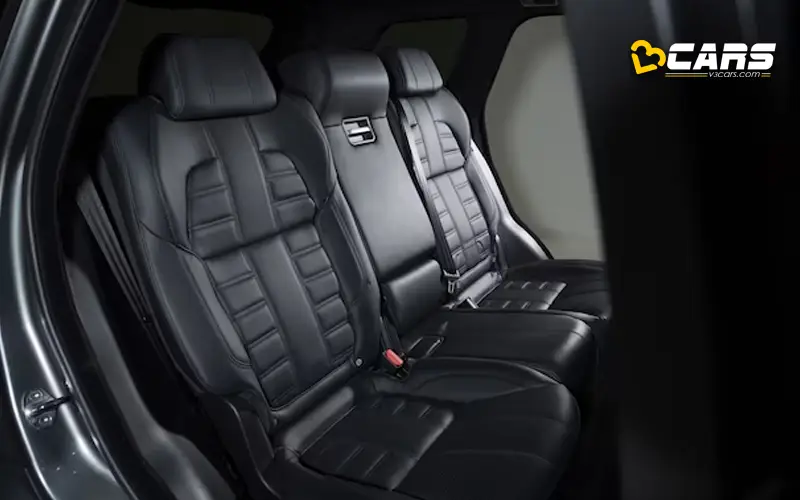
Note: Check your Car EMI with our - Car Loan EMI Calculator
4. Oversized tyres
This appears to be one of the most popular modifications that we get to see on a regular basis. Upsizing the tyres is a perfect solution for those looking for more stability and grip. However, going overboard with excessively wide/low sidewall tyres will do more harm than good. Bigger wheels could end up rubbing against the wheel arches and accelerate faster wear of steering components.
The correct way to upsize is to stay within a 3 percent increase from the total diameter of the stock tyre. The tyre sidewall height is inversely proportional to its width. So, when the tyre size increases, the sidewall height must decrease. It is always best and highly recommended to stick to the original wheel and tyre size as provided by the manufacturer. If you decide to upsize, follow the technical rule and don’t trust your local tyre dealer who might be keen on liquidating slow-selling stock.
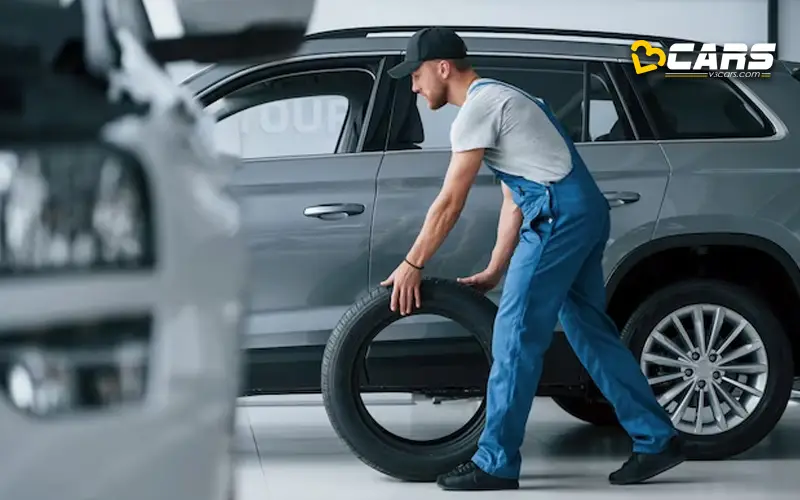
5. High Decibel Horns
A horn should be used only in emergencies to alert other motorists and pedestrians. All manufacturers equip vehicles with horns that are within the permissible decibel limits as per the Motor Vehicles Act.
At times, some road users get carried away with the 'Horn OK Please' line of thought and tend to honk incessantly. It gets worse when one assumes that excessively loud horns will intimidate other vehicles to give way quickly. High decibel or loud horns not only end up discomforting other road users but also increase sound pollution. Such horns could end up scaring someone and freezing their reflexes, causing an accident.
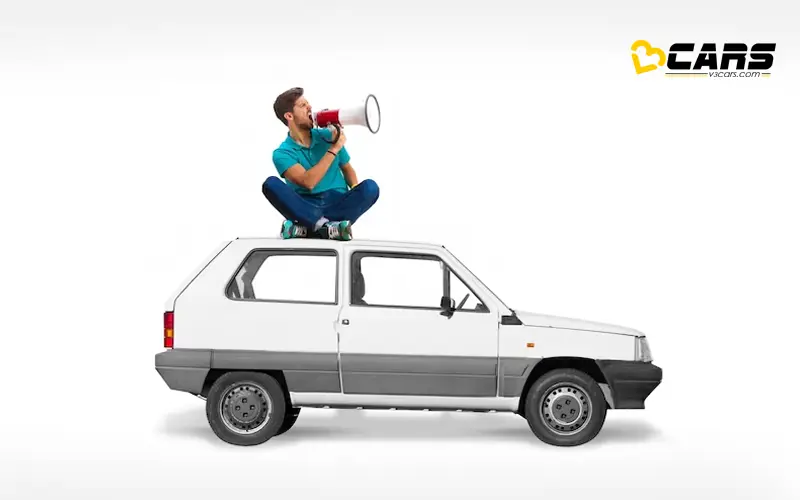
6. Fake Exhaust Tips
In order to make the overall design look clean and sporty, some manufacturers place fake exhaust tips on the rear bumper. This creates an impression that the exhaust tip is pointing straight back instead of facing downwards. Also, fake exhaust tips are designed to appear larger and more appealing than the stock exhaust pipes. It is usually the more expensive and sporty cars that come equipped with fake exhaust tips from the factory. There are plenty of fake aftermarket tip options for hatchbacks and SUVs. However, most of these designs have no functional benefits to offer and clearly look fake and hilarious.
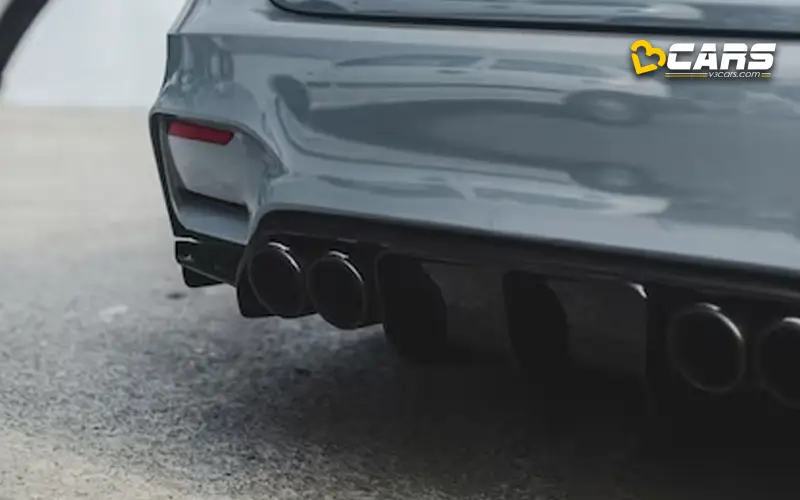
7. Electrical Modifications
Adding any electrical accessories, such as additional lights that require splicing of wires, must be completely avoided. Usually local and unauthorised aftermarket accessory shops connect one or more wires by splicing them and then cover them with tape to make a secure connection. Such an arrangement could be inefficient at transferring current, resulting in the wires to overheat and cause sparks, which could start a fire. We often come across news reports where a vehicle caught fire owing to poor quality accessories and wires, loose wires, and messy wiring by inexperienced mechanics. Unless you are absolutely sure that the electrical modifications are being done by competent and experienced professionals, please stay away.
8. Teflon Coating
If you want to keep your car looking like new, then you simply need to get it washed and the interiors cleaned regularly with a microfiber cloth. Washing and polishing your car every couple of months will ensure that the paint retains its shine. There are no perceptible benefits of getting your car teflon coated as it’s not suitable for our harsh weather, offers resistance only from minor scratches, is expensive, and the shine doesn't last for long.
9. Body Lift Kits
Some ladder frame SUV owners choose to go for a body lift modification, which makes it possible to fit bigger tyres and look down on everyone else on the road. As the name implies, a body lift kit essentially lifts the vehicle by placing spacers between the body and the chassis. A body lift is an economical alternative compared to functional suspension lifts that involve more components and require more expertise to fit correctly.
Body lift kits have several cons which include no gain in ground clearance as your car can only be raised by a couple of inches. They offer no performance benefits either as they increase the centre of gravity, which makes the car more prone to rolling. If you are looking for functional gains, then going for a proper suspension lift is a better choice.
10. Underbody Coating
One of the most common accessories that new car dealers or authorised aftermarket retailers try to sell you is the underbody coating. They suggest going for it will protect the car from corrosion during monsoons and will make the cabin quieter as there will be no noise from stone chips hitting the underbody.
The truth is that most new cars already come equipped with an underbody anti-rust coating from the factory to mitigate any corrosion issues. With technological innovations and the availability of high grade materials, all cars are designed and developed to last 15 years. Some even come with a standard warranty of 1,00,000km. Hence, getting your car’s underbody coated from an aftermarket detailer is simply a waste of your money, as far as Indian road conditions are concerned.
Note: Check your car’s fuel cost with Fuel Cost Calculator in India


0 Comments